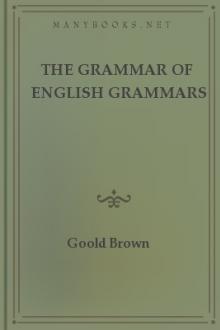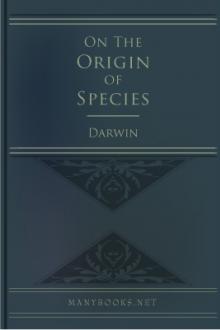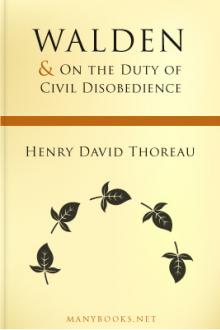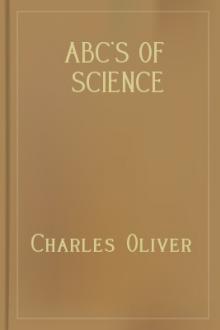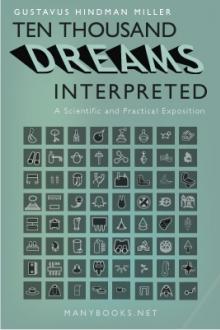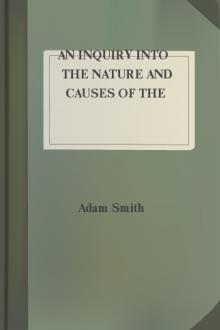The Nature of Animal Light
The Nature of Animal Light
Bioluminescence, the production of light by animals and plants, has always excited the admiration of the layman and the wonder of the scientist. It is not surprising that an enormous literature dealing with the subject has grown up. A large part of this literature, however, is made up merely of reports that a certain animal is luminous, or records of especially brilliant phosphorescence of the sea. It is not the purpose of this book to deal with every phase of bioluminescence. We shall be concerned largely with the physical characteristics of animal light and the chemical processes underlying its production.
Book Excerpt
ina, Marasinium, Clitocybe, Corticium. Gasteromycetes (Stinkhorns and puff-balls)
II. Bryophyta Hepaticæ (Liverworts) Musci (Mosses)
III. Pteridophyta Equisetineæ (Horsetails) Salviniæ (Salvinia, Marsilia, etc.) Lycopodineæ (Club Mosses) Filicineæ (Ferns)
IV. Spermatophyta Gymnospermæ (Cycads, Ginkgo, Conifers) Angiospermæ (Mono- and Dicotyledonous flowering plants).
ANIMAL KINGDOM
I. Protozoa. (One-celled animals) Sarcodina Rhizopoda Heliozoa Radiolaria Thallassicola, Myxosphæra, Collosphæra, Collozoum, Sphærozoum. Mastigophora Flagellata Choanoflagellata Dinoflagellata Ceratium, Peridinium, Prorocentrum, Pyrodinium, Gonyaulax, Blepharocysta, Amphidinium, Diplopsalis, Cochlodinium, Sph
FREE EBOOKS AND DEALS
(view all)Popular books in Science, Nature, Non-fiction
Readers reviews
0.0
LoginSign up
Be the first to review this book
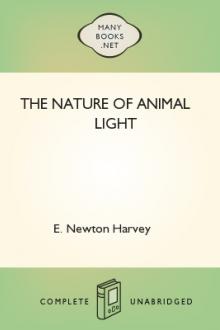
 Free Download
Free Download








